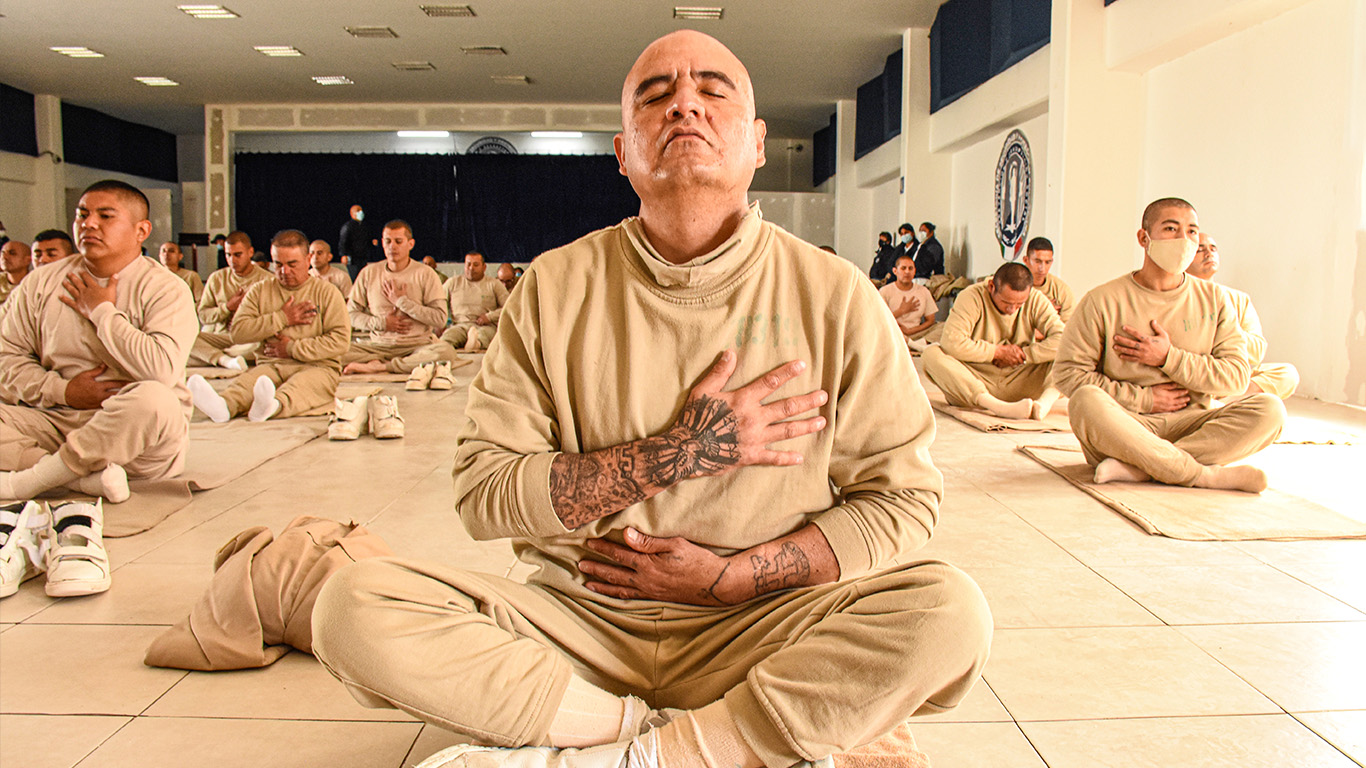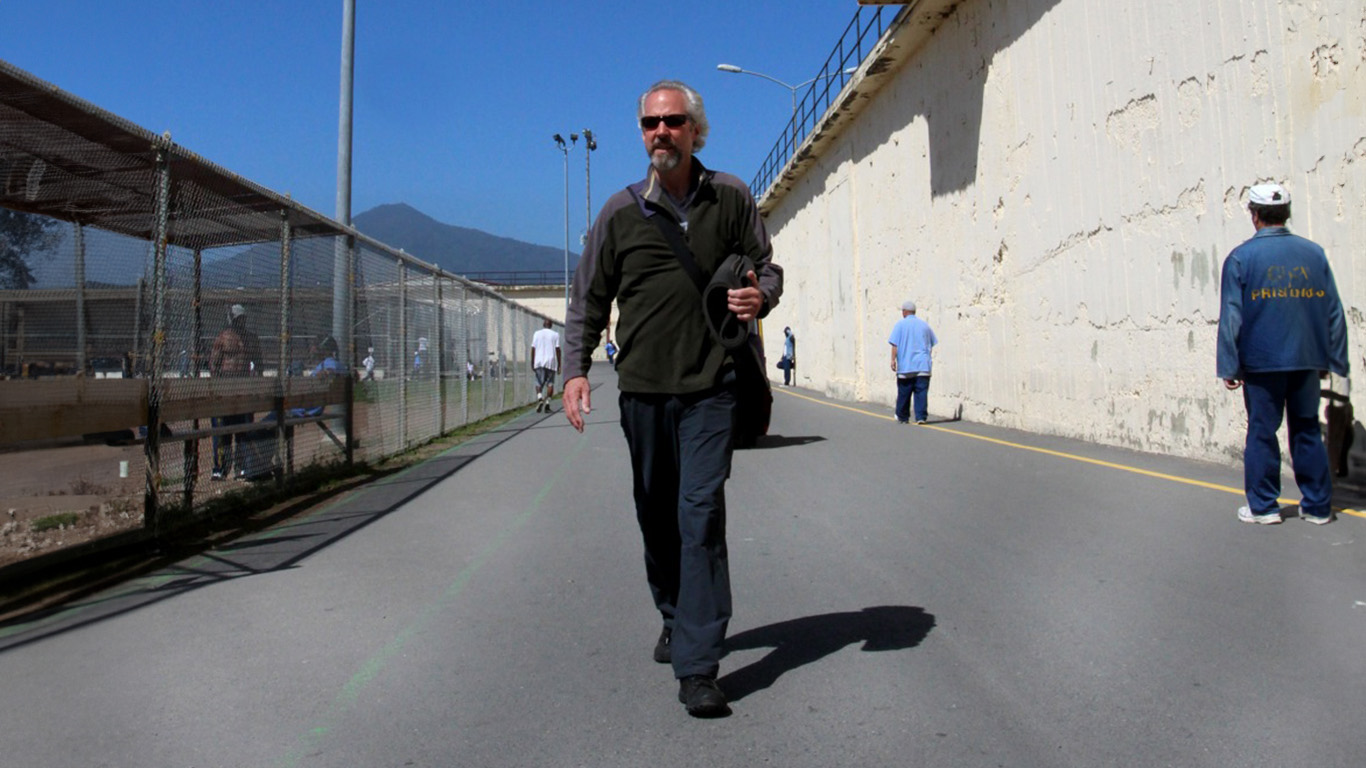If you’re new to Prison Yoga Project, this would be a beautiful article to read to orient you into the modality and birth of this project and our mission. Written by Policy Research Associates, below you will find an excerpt from this work. You can view the entire article here: https://www.prainc.com/gains-prison-yoga-project/
” In the incarcerated population, Fox sees a microcosm of societal problems. “If you take the social, economic, and racial inequalities in this country, and the issues of childhood trauma, you can see them concentrated in the prison population,” Fox says. The lasting psychological and physical effects of trauma, if not addressed, lead to reactive and criminal behavior, he adds.
Trauma-informed yoga includes four components and differs from traditional yoga in its emphasis on emotional healing. The four components include physical movements, breathing exercises, mindful awareness, and deep relaxation. In a trauma-informed approach, “you alternate between action and non-action so that your brain and your body get used to modulating from the sympathetic to the parasympathetic nervous system,” or from the part of the autonomic nervous system that controls the fight-or-flight response to the part that resets the system to homeostasis, Fox explains.
A trauma-informed approach is also one in which the teacher acts more as a facilitator and invites the participants to try the poses, according to Williams. In addition, Williams says, “I understand that some poses are not appropriate, such as any pose that would have a participant put their hands behind their backs, because it may trigger the response of a traumatic incident that’s happened to that individual.” Poses are adapted for a participant’s physical limitations, as well. ”




